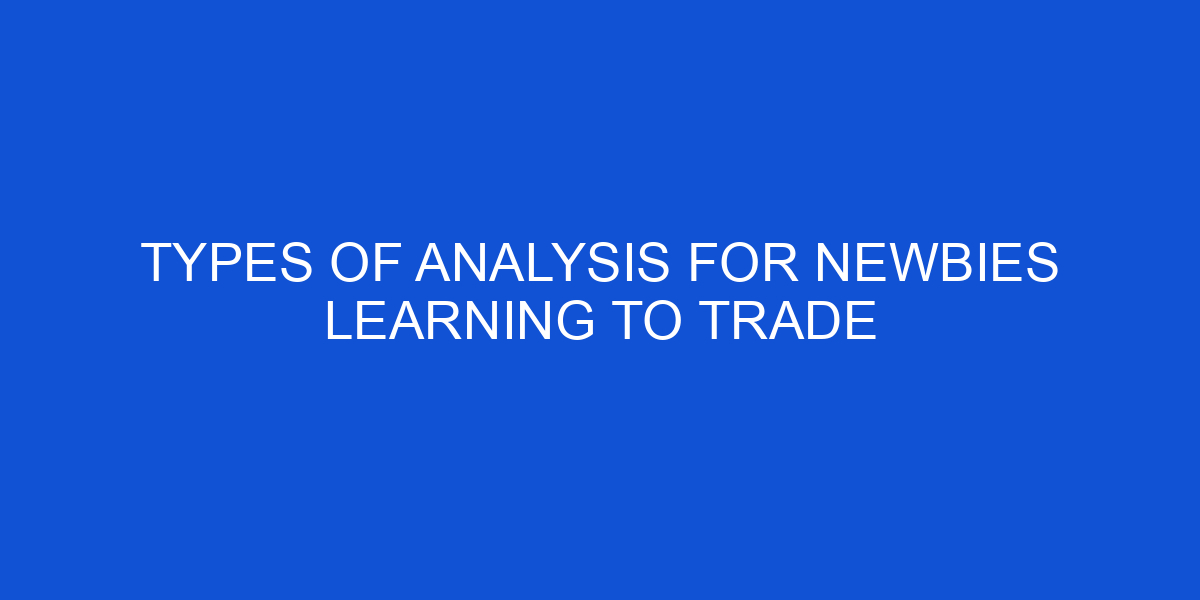Two types of analysis exists: Technical and Fundamental Analysis
From Investopedia ~
- Fundamental analysis involves analyzing the characteristics of a company in order to estimate its value.
- Technical analysis takes a completely different approach; it doesn’t care one bit about the “value” of a company or a commodity. Technicians (sometimes called chartists) are only interested in the price movements in the market.
Fundamental Analysis
Revolves around news, data, event releases. World news such as diasters play a role as well. I, myself don’t focus on news all that much. I’m more of a tech trader. But these differ between stocks and forex. Because stocks, you’re interested with the financials of an individual company. Forex, you have to be concerned about an entire country and it’s well being. Keep something in mind, the high rollers control the markets for the most part, as traders we can only get it right somehow and hope we’re trading on their side of the fence. For example, if earnings are bad, hedge funds can drop a stock immediately no matter if the people love the stock or not. Dividend cuts are another prime example of tankage caused by hedge funds removing it from their portfolio.
Stocks: Pay attention to any press releases, SEC filings, financials released by the company. I don’t know the localized site for blue chip stocks. But if you’re trading penny stocks, I recommend www.OTCMarkets.com, they pretty are a centralized site for all the OTC/pink sheet stocks.
Forex: There are a variety of sites out there that provide data releases, I use http://www.forexfactory.com/calendar.php. It’s a part of ForexFactory, they also have a good and extremely active forum for traders as well.
Technical Analysis
Technical analysis relies on tools not information. So, to get better at tech’s you have to master the tools that you’re using.
- Understand what type of chart you’re using. I use candle sticks as do the majority of traders on the web, so learn how to read candle sticks. How they form, what different candle stick formations mean. What they could signal and so on.
- Understand what your indicators do, how they’re calculated and what they mean when it crosses a certain level.
- Once you understand both 1 and 2, you can manipulate the tools that you have to trade based on what you see in the markets. If everything points down, then you’re not likely to go long.
- Learn the pattern formations of price as well, that can help along side the indicators.
That should be a good start for analyzing, next up are resources (i.e. extra stuff) that you can utilize after learning charts, indicators and analysis.

